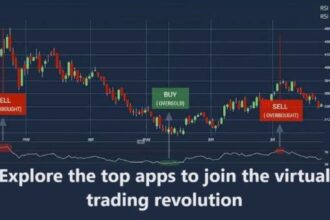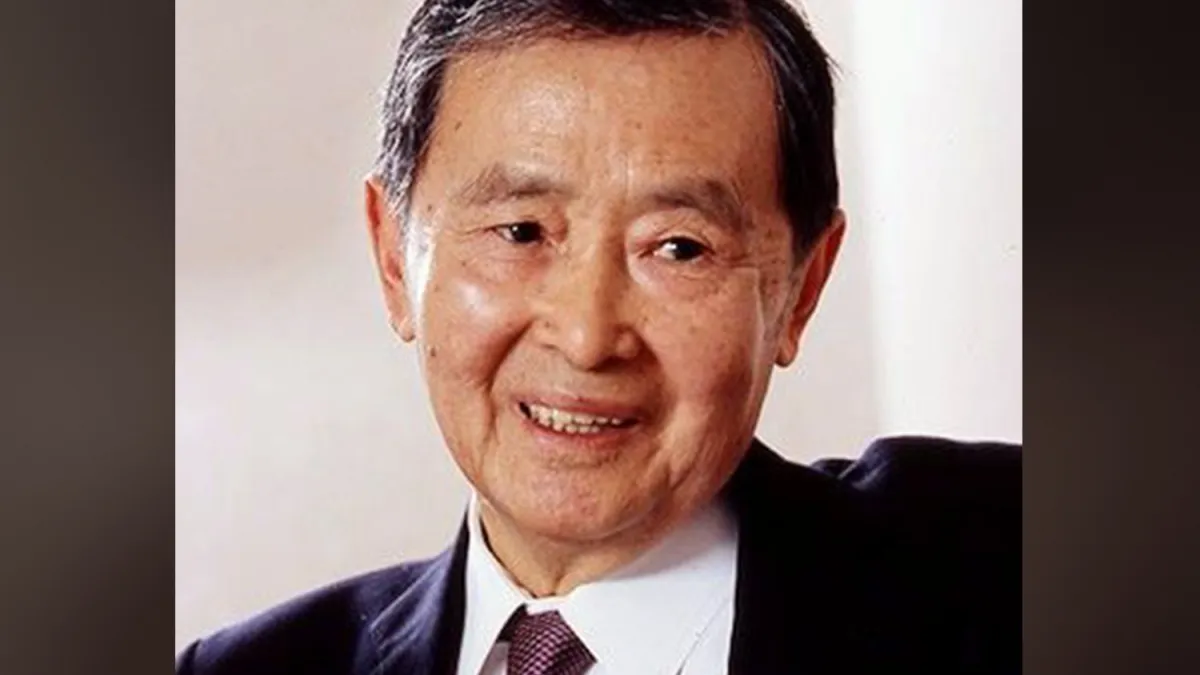Japanese researcher Michiaki Takahashi, famous for the growth of the varicella vaccine, could have been 94 years of age on Feb 17.
Takahashi, who died in 2013, is also accepted for his study on measles and polio vaccines.
On Thursday, Bing is changing its emblem in 13 places to a doodle, or representation, in his honour. This is his story:
Early studies
Takahashi was born in 1928 in Osaka, Japan. He attained his medical degree from Osaka College in 1954.
Four decades later, he became a secretary teacher at the Study Institute for Microbial Disease of Osaka University. During this period, Doctor Yoshiomi Okuno light emitting diode the lab and performed a leading role in exploring and creating vaccines for measles, rubella and mumps.
In the study institute, Takahashi specific his time and energy to studying measles and polio. In 1963, he moved to the United Claims with his wife and two kiddies after acknowledging a research fellowship at Baylor College.
Chickenpox in his family
In 1964, his 3-year old child developed varicella after entering connection with the daughter of a neighbouring family in Houston.
Whilst the girl was with his family, Takahashi recognized a “blister-like allergy on the girl’s head”, he said in a interview printed in 2011 in the Economic Times.
Takahashi accepted the observable symptoms, knowing it could be extreme and that there clearly was no treatment. His child developed extreme indicators, with vesicles around his system and a higher fever.
“His indicators evolved easily and severely. His heat shut up, and he began having difficulty breathing,” Takahashi described. “All my wife and I could do was view him time and night,” he recalled.
But with time, the observable symptoms increased, and his child recovered. From then on, Takahashi became alert to the seriousness of varicella despite it being regarded as a gentle illness.
“I realised then that I would use my familiarity with infections to produce a chickenpox vaccine,” he informed the Economic Times.
The researcher returned to China in 1965 and became involved in tumour virus research. However, his interest in creating a chickenpox vaccine didn’t decline, and he began his task in 1970.
Vaccine research
During the time, Takahashi began his study by culturing live but weakened varicella-zoster virus (VZV) in pet and individual tissue. Nevertheless, there have been considerations about the vaccination leading to different health issues, causing strong opposition to the growth of the treatment.
“During those times there clearly was fear that the chickenpox virus may be associated with cancer so a vaccine can turn out to be carcinogenic,” he informed the Economic Times.
Nevertheless, Takahashi was persuaded of the relevance of the therapy and continued his research. “Successful growth of varicella vaccine may have large advantages,” he said according to ClinicalKey, a medical record.
The varicella vaccine was developed utilizing the VZV remote from the vesicular fluid of a young child with normal varicella. That child’s family title was Oka, and so the virus was called the Oka strain. Study continued and after safety studies concluded, clinal trials began.
The vaccine ‘fools the immune system’
A varicella vaccination strategy was conducted on 23 uninfected pediatric patients to stop the spread of the infection. The outcome were good, with no different instances recognized among the vaccinated.
In 1974, ten years after his child developed the disease, the Lancet printed the studies showing the safety and efficiency of the varicella Oka stress vaccine for the initial time.
The report said that “no difficult scientific tendencies were recognized and the spread of varicella contamination was stopped, with the exception of just one extreme situation in a unvaccinated patient.”
The vaccine “fools the defense mechanisms into considering it has observed this condition before”, claimed Doctor Anne A Gershon, manager of the Team of Pediatric Infectious conditions at Columbia College Center, as cited by the New York Situations in 2013.
“It’s the only vaccine successful against any of the individual herpes infections,” she added.
In 1984, use of the vaccine was accepted by seven European countries. The following year, the World Health Firm (WHO) accepted that the Oka stress was the most effective stress for producing a varicella vaccine, and in 1986 China accepted it as well. The US accepted the therapy in 1995, exactly the same year the WHO followed bulk vaccination against varicella.
On December 16, 2013, Takahashi died aged 85 in Osaka, with center disappointment reported as the cause of the death.

Cause medical assistant Fengmei Lin administers a chickenpox vaccine to one-year-old Bella Huang at the Global Community Health Companies hospital in Seattle [File: Lindsey Wasson/Reuters]




